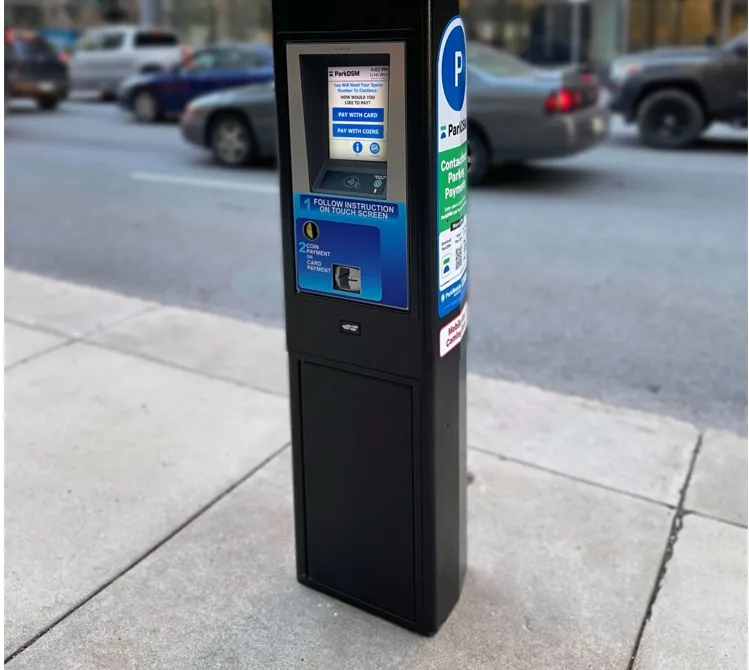Market driven requirements are behind the launch of the Elite version of the Aura, part of Metric Group's range of pay and display parking and payment machines.
January 30, 2012
Read time: 1 min
Market driven requirements are behind the launch of the Elite version of the Aura, part of 92 Metric Group's range of pay and display parking and payment machines. A significant change is the Elite's full QWERTY alpha numeric keypad. The industrial keypad is used for entering data into the machine for payments against a vehicle registration or reference number, a growing trend in parking. The unit caters for all possible payment options including coins, bank notes, credit, debit or contactless cards, e-purse and smartcards.










